I want to find out why, in professional PCB's, they separate between the AC (220 VAC) points on the PCB with a hole in the PCB:
Is it for more isolation between the AC lines?
Is leaving a distance between the two AC input points on the PCB not sufficient?
I'm making a board that needs to stay connected to AC permanently, and I'm using a Varistor for more protection from AC spikes, is this hole urgently required for me to make?
Here are images for the hole I mean:
